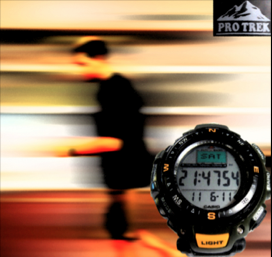Active Voice
Why is it important to use the active voice?*
When writers use the active voice, their words are direct; they use concrete verbs and clearly state the action being performed by the subject. In contrast, the passive voice is indirect; writers may use weak “to be” verbs (is, am, was, were, being, been) or present progressives (e. g., is working, is laughing), and the actor in the sentence is absent or disguised.





